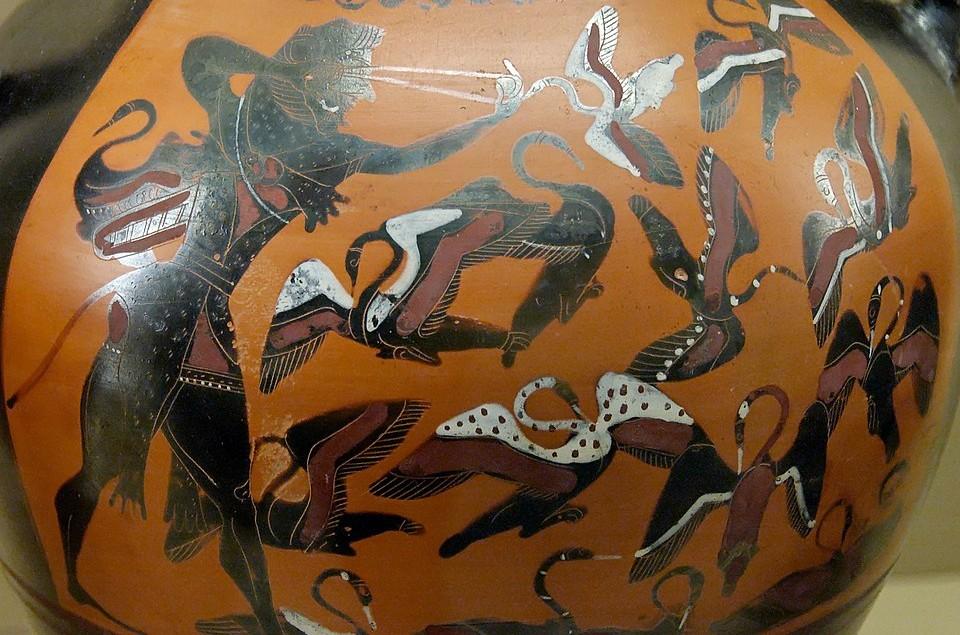The book “As a Man Thinketh” was first published, astonishingly, in 1902, yet its shadow stretches right up to the present moment. British philosopher-writer James Allen’s text is one of the most famous and frequently cited texts in the personal development movement that has enveloped the world since the 1950s and ‘60s. Every significant American personal development guru cites it: Napoleon Hill, Earl Nightingale, Bob Proctor, Zig Ziglar, Louise Hay, and many more.
Its endurance may be due to its central contention: “As a man thinketh in his heart so is he.”






